Understanding Various Components Used for Quadcopter
Here’s a list of the various components used to assemble a drone along with their details.

Introduction to Parts
There are many and various types of Components to be used to make a Quadcopter. The least and most basic components required to make a Quadcopter are -
- Quadcopter Frame - It includes arms to hold motors and a chassis to hold the flight controller, battery and other stuff on board.
- Motors - 4 motors are must for Quadcopter to lift it up. There are various types of motors available in the market for Quadcopters. We will discuss various types of motors in the details below.
- ESC ( Electronic Speed Controller ) - Since the motors usually used in quadcopters need 3 phase-type of supply, we cannot provide it direct supply. Hence we need ESCs which convert the signals from Controller and send it to motors to control its speed.
- Propellers - One of the most important parts of your drone is the propellers. These spinning blades are the wings to your craft, the very part that creates the airflow that lifts your machine into the air.
- Flight Controller - Its function is to direct the RPM of each motor in response to input. A command from the pilot for the Quad-copter to move forward is fed into the flight controller, which determines how to manipulate the motors accordingly.
- RC Transmitter & Receiver - Radio Transmitter is an electronic device that controls the quadcopter manually. More about transmitter-receiver pair will be discussed later.
- Battery - Your quadcopter battery is the power source that drives all the systems on your drone and allows it to fly.
- Miscellaneous - Various types of jumper cables, bullet connectors are needed.
Now understanding the need of each component and deciding which one to choose-
1. Frames
Frames made up of various materials are present out there like Plastic, Glass Fiber and Carbon Fiber. The type of frame to choose depends upon the application of the quadcopter.
The first thing on your mind should be the materials when picking the best frame. The materials play a significant role in determining the drone’s stability and efficient performance. Note that vibration is increasingly a nuisance in many drones, and if not managed well, it could lead to poor quality aerial images and possible damage to the electronic components.
Most frame uses carbon fibers because of their lightweight properties. However, the downside of carbon fibers is radio signal interference. It is nonetheless a good material for your frame. To solve this, you must make sure that the radio and the antenna are connected effectively.
The other commonly used materials include the aluminium and fiberglass. Aluminium, on the other hand, it’s a heavier metal to use on the frames, but it needs powerful motors. Although aluminium is more powerful and strong, it has a problem of an inevitable vibration.
2. Motors
The brushless motor is the next important component of the quadcopter. Motors should be powerful enough to allow flying.The motor speed rated in KV. The RPM of the motor varies with the KV rating and its input voltage. Mostly, the lower KV rating motors provide high thrust and higher KV rating motors provide low thrust.
For example, 2200kv rating motors can rotate with the RPM of 22000 if the battery voltage is 10V. Apart from the thrust, another aspect to the motor performance is how much current the motor draws from the battery. Remember to check the specs of your motors for their maximum amp draw, and ensure that your ESC’s are rated to withstand this amperage.
3. ESC- Electronic Speed Controller
An ESC is an electronic circuit which is used to change the speed and direction of brushless motor. Basically, an ESC converts DC battery power into 3-phase AC for driving brushless motors. It is the interface between the Motors and Flight Controller.
While the selection of ESC, the current rating must be higher than the ampere drawn by all motors and other components. Normally an ESC has 5 inputs but these days an ESC comes with 4 input terminals, where 2 inputs terminals are for Ground and PWM signals coming from the Flight controller and other 2 are for battery input supply, these 2 inputs carry the high current to the ESC to supply the motor.
ESCs also come with a battery eliminator circuit (BEC), which delivers the electric power to other circuitry without the need for multiple batteries. Electronic Speed Controllers offer high power, high frequency, high- resolution 3-phase AC power to the motors to make it fly.
4. Propellers
The propeller acts as wings of the flight. It pulls the air downwards and makes your drone fly. Almost, in every size, there are different types of propellers are available. Propellers largely affect the quadcopters flying speed, it's load and the speed at which they can manoeuver. According to these attributes, you can decide the length and pitch of the propellers. The pitch is the shape and slant of the propeller.
Longer size propellers provide stronger lift at lower RPM but it takes time to speed up and slowdown. Shorter size propellers quickly change the speed of quadcopter and produce better manoeuvering capabilities. As compare to longer propellers, it requires more energy/current to spin. This causes excess strain on the motors, which may lead to a shorter life span for the motors.
5. Flight Controller
The flight controller is the brain of the Quadcopter. This is a small computer board with various sensors which understand the movement of the craft. It has sensors like Gyroscope, Accelerometer, Barometer and Magnetometer. According to the signal comes from the transceiver , it controls the motors and craft. Flight controllers configured with computer software. It uses computer software like Cleanflight, Betaflight, Mission planner etc.
Selecting the flight controller is just a personal choice in many ways. As per your quadcopter requirements, you can choose the affordable, reliable flight controllers which work with most components easily. To understand diffrent types of the flight controller, check below tutorial.
6. Transmitter & Receiver
Radio Transmitter is an electronic device that uses radio signals to transmit commands wirelessly via a set radio frequency over to the Radio Receiver, which is connected to flight controller of quadcopter being remotely controlled.
Radio transmitters and receivers manipulate electricity resulting in the transmission of useful information through the atmosphere or space. The transmitter sends a signal over a frequency to the receiver. The transmitter has a power source, that provides the power for the controls and transmission of the signal.
Simply, it is a Remote Controller which use to control altitude, speed, the orientation of the drone. Radios are usually come paired with their compatible receiver. There are a variety of RC transmitters available in the market. You can choose one of them which matches your specification.
7. Battery
Finally to power on your quadcopter, you need Lithium polymer (LIPO) battery. Flight time of your quadcopter depends on the battery capacity.
Generally, the LIPO batteries are rating with its capacity in mah, thenumber of cells in series (like 3S, 4S ) and it's C rating (30C/40C). The battery is the single heaviest component of your drone, just because using bigger size battery doesn’t mean it will fly longer. So you need to choose the battery according to its size, capacity, C rating, its voltage etc. To more deeply about the choosing of appropriate LIPo battery for your drone, visit the below tutorial.
8. Miscellaneous
It includes the small accessories that will make your quadcopter more stable and perfect. The connector to connect the battery to PDB of the drone. Mostly, all LIPO 3S and 4S batteries use the XT60 connector. It needs servo cables for connection of RC receiver with the flight controller. Also, requires zip cables to tie everything properly at proper places. The use of LIPO voltage checker is important to know about the battery voltage level.
Hope this article gives you the better understanding for various components used for Quadcopter. To know more about configuration of a Quadcopter, refer the related tutorials.


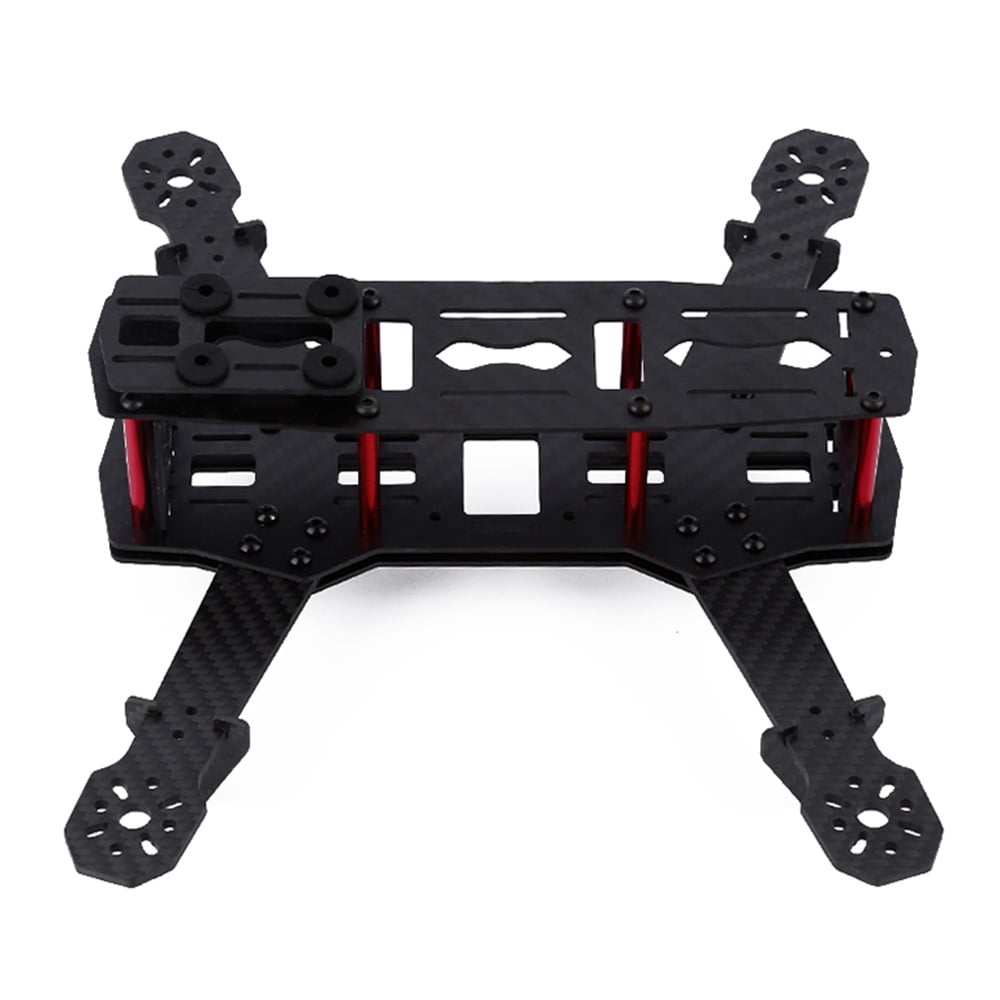
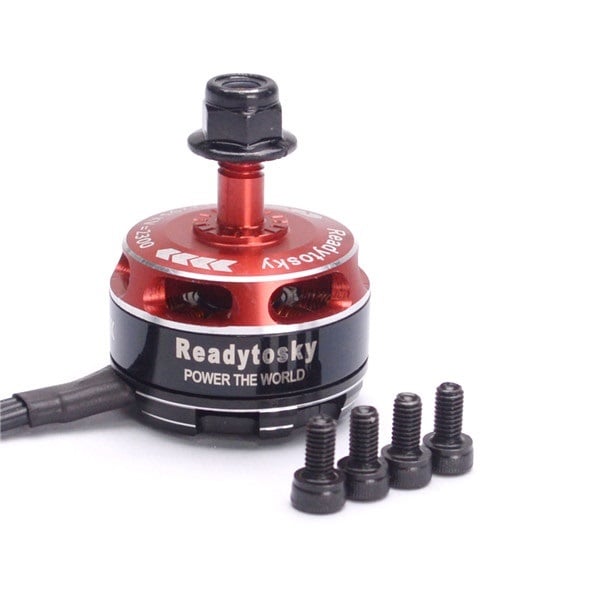
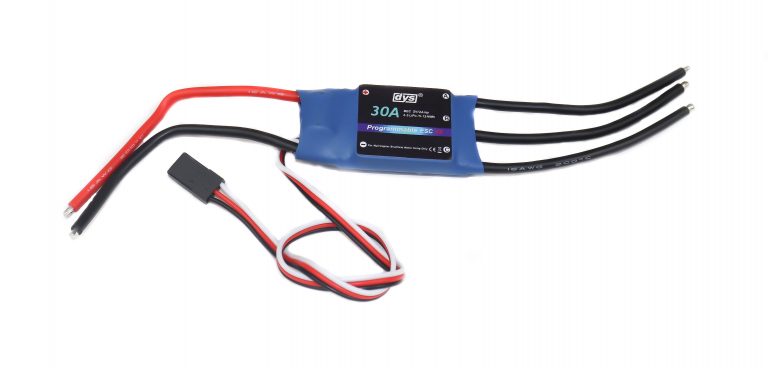
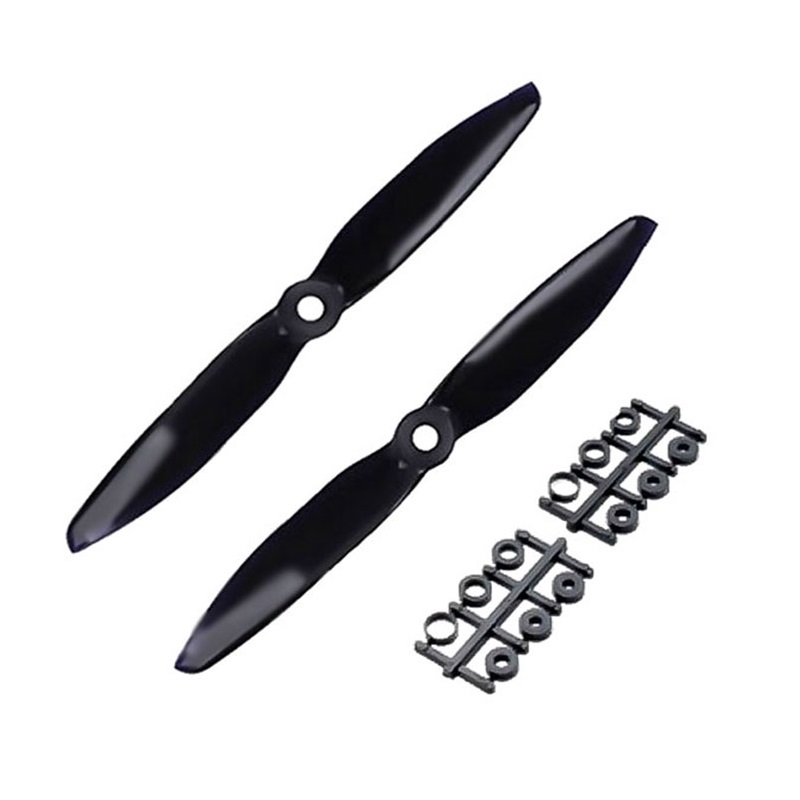
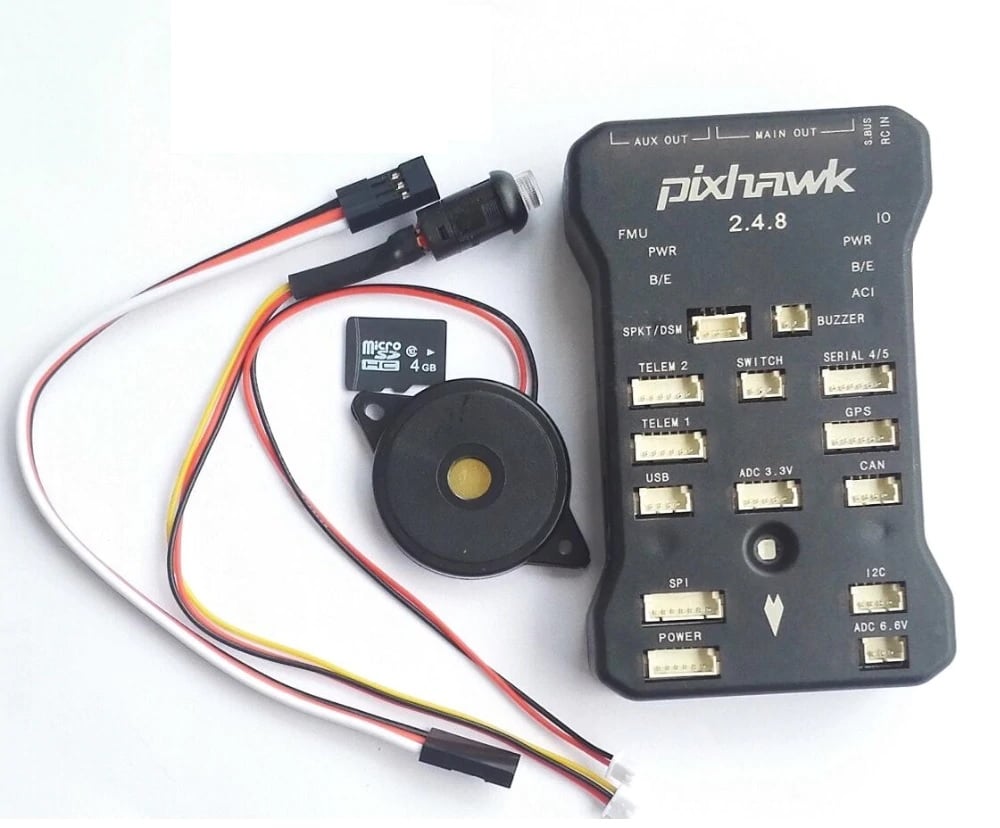





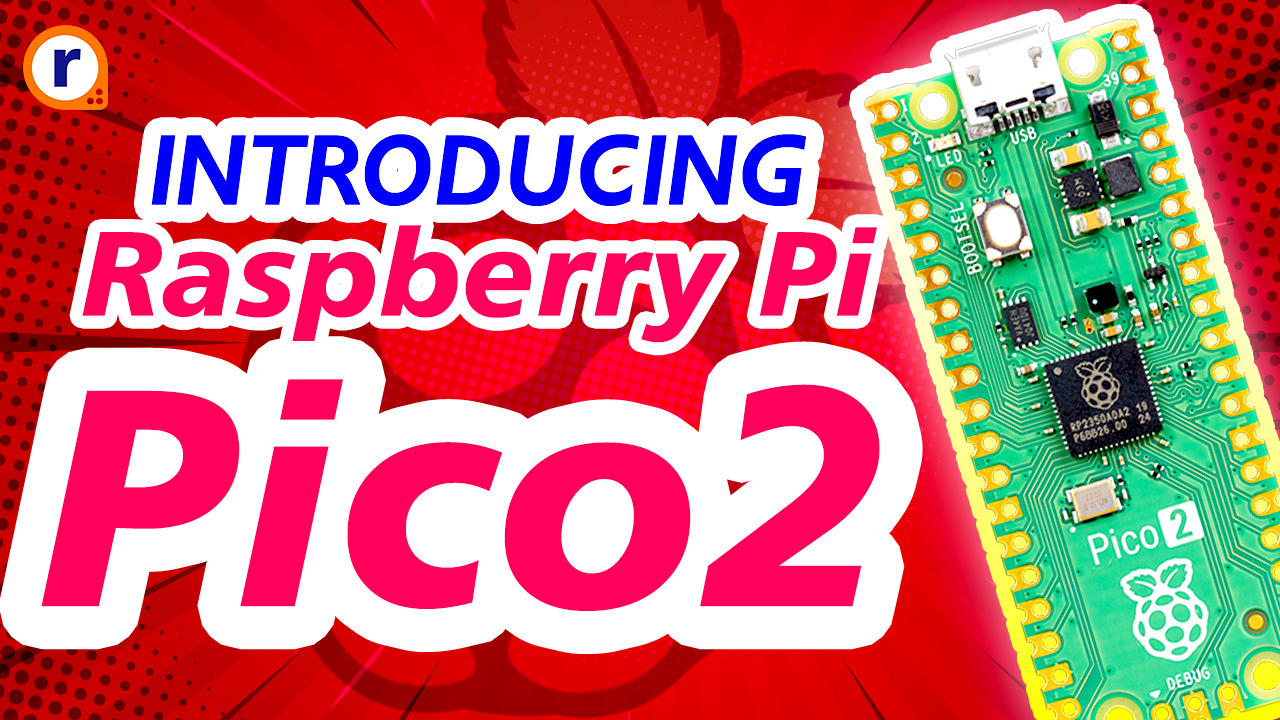

Holy sh*t, this site has literally everything we need to know about making a drone, Thankyou!